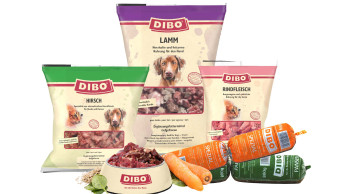The ten-point vision is based on the recommendations from a University of Bristol study into rabbit welfare in the UK, which concluded that the welfare needs of many companion rabbits are not currently being met. It includes, for example, the vision that all rabbits sold or rehomed are to be kept in compatible pairs or groups and that all rabbits should live in an environment which meets their physical, social and behavioural needs. The next stage will be to develop a roadmap to achieve the vision.
The aims
The organisations will now seek for this vision to be incorporated into a Defra Code of Practice for rabbits in England, under the Animal Welfare Act 2006 (a code for rabbits already exists in Wales and Northern Ireland).The Rabbit Welfare Vision Statement includes the following ten recommendations:1 All companion rabbits enjoy a good life in which they can experience positive welfare (i.e. good physical and psychological health) as well as being protected from pain, suffering, injury and disease.
2 All rabbits have access to an appropriate diet, known to optimise animal health and minimise the risk of disease. This includes having continual access to both good-quality fibre-based material (e.g. hay or fresh grass) to eat and fresh, clean water.3 All rabbits live in an environment which meets their physical, social and behavioural needs (e.g. to run, jump, graze, dig, rest and stand up on their hind legs without their ears touching the roof).4 All rabbits are sold or rehomed to be kept in compatible pairs or groups.5 All rabbits are bred, reared and kept in a way known to minimise their chances of developing fear of handling and other stimuli.6 All rabbits are given regular preventative health care as recommended by veterinary experts, e.g. vaccinated against myxomatosis and RHD (Rabbit Haemorrhagic Disease: a virulent and fatal viral disease of rabbits) (according to current vaccine licence recommendations).
7 All rabbits are given appropriate and timely veterinary treatment to protect them from pain, disease and suffering.
Purina Accelerator Lab nurtures digital future
Now in its sixth year, Unleashed, a programme of the Purina Accelerator Lab, is a 20-week programme that drives innovation by …
8 All those working with rabbits (including vets, retailers, breeders, rehoming organisations) undertake effective training programmes and have resources available to them on current good practice in…

 Menü
Menü






 4/2015
4/2015













 Newsletter
Newsletter